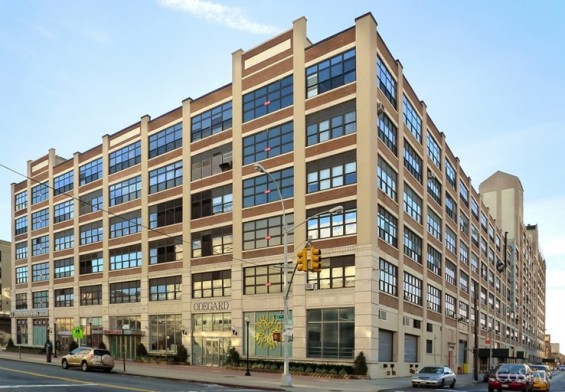The redevelopment of the former Macy’s warehouse building in Long Island City during the 1990s was a cornerstone project in the revitalization of the neighborhood, with Linx Industries leading the effort as the developer. Originally constructed in the early 20th century, the building had long served as a distribution hub for Macy’s, leveraging Long Island City’s prime location and access to major transit routes. By the early 1990s, however, the building had become largely vacant as industrial activity declined across the boroughs. Linx Industries recognized the potential of the site and acquired the property with the vision of transforming it into a modern commercial and creative business center. The redevelopment strategy focused on adaptive reuse—preserving the building’s industrial character while modernizing it to attract a new wave of tenants. High ceilings, expansive floor plates, and robust freight infrastructure made it an ideal space for a range of users. Linx repositioned the building to serve creative industries, light manufacturing, back-office operations, and media companies—businesses increasingly priced out of Manhattan but drawn to the affordability and convenience of Long Island City. The revitalized space attracted a diverse tenant base, helping to breathe new life into the building and the surrounding area. This project by Linx Industries played a pivotal role in redefining Long Island City’s identity. Along with similar redevelopments in the area, it helped establish the neighborhood as a rising hub for innovation, commerce, and creative enterprise—setting the stage for the rapid growth and transformation that would follow in the decades to come.

